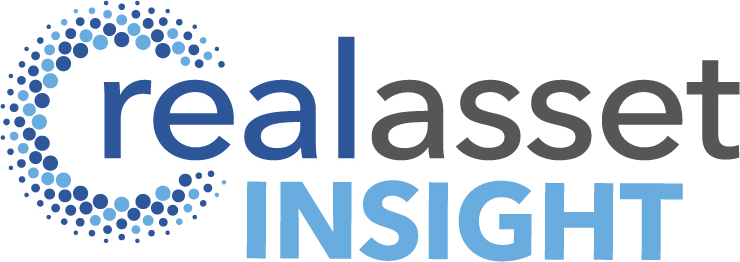Making existing stock green ‘should be the top priority’
Addressing existing stock should be the priority for sustainability-minded companies, delegates heard at Real Asset Media’s Impact & ESG: Effective Strategies for Real Estate briefing, which was held online this week on the REALX.Global platform.
“Let’s be realistic, new buildings are 1% of the total, so we need to focus on the existing stock to make a difference,” said Abel Samaniego, founder & CEO, Dabbel Automation Intelligence. “We have smart solutions that can help and we have the technology to make a real impact with very little risk.”

A focus on data and the technical performance of a building can help in charting a clear path, setting achievable targets and a step by step plan on how to reach them.
“We try to invest in brown buildings and make them green,” said Jan von Mallinckrodt, head of sustainability, Union Investment Real Estate. “We see it as our responsibility to invest in existing stock. One of my biggest jobs now is to chart a climate path, work out what we have to do and to make sure investors understand that sustainability is an investment that needs to be made. It is not free.”
Huge sums will have to be invested over the next few years to make buildings green as companies implement their ESG strategies.
“I am looking forward to all those conversions and that upgrading work, it’s a great prospect for people like me who love real estate,” said Rogier Bos, real estate finance Benelux, Berlin Hyp. “But as a lender we also know that risks are higher on buildings that haven’t been taken care of.”
Working on the environmental impact of buildings – the ‘E’ in ESG – has been made easier by technology and digitalisation. “There are a lot of proptechs like Dabbel that are doing good things,” said von Mallinckrodt.
Tech provides smart solutions
Dabbel’s solution is a software update that uses AI to reduce energy consumption and CO2 emissions in commercial buildings by up to 40%, as an automated control system self-operates the heating, ventilation and air conditioning system.

It has not been an easy path, said Samaniego: “We had the information and the data ten years ago, but people didn’t want to know. Even when we started four years ago I felt like an alien, but now everyone understands that it has to be done. It’s been really tough but now things are moving in the right direction.”
There has already been a significant mindshift in the last few years towards a recognition that sustainability is an issue that must be tackled.
“Some of the big players in the market have a real fear of making mistakes, but it’s important to be aware that it’s a complex problem and there is no perfect formula,” he said. “Every building is unique, so solutions need to be tailored. My motto is think ahead, but act now”.
Reducing emissions and running your building sustainably will also save money. The focus is on regulations that are the stick that forces compliance, but there are carrots as well that can be a positive incentive to do the right thing.
“There are many benefits, a whole bunch of carrots,” said Jaap van der Bijl, CEO, Altera Vastgoed. “There’s risk mitigation, which you can measure, and there are reduced costs for your tenants. Every step you take in the right direction opens up new possibilities, and there are a lot of tools available out there.”
Being ambitious brings rewards, and taking an active role leads to success in the long run.
“Instead of a carrot and stick we need a mirror to look at ourselves,” said Ron van Bloois, founder & CEO, Multiple Impact. “In the end it’s all about taking responsibility and showing leadership.”




